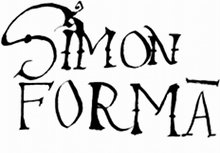
A painting thought to be of Simon Forman, c. 1900 (oil on wood, 37.5 × 23 cm), probably based on the portrait of the astrologer by John Bulfinch, engraved by Richard Godfrey, which circulated widely from 1776. Wellcome Library, London
Simon Forman numbers amongst the best documented Elizabethans, not because he exercised power or changed the course of history, but because he wrote about himself, in tireless, vivid, mundane detail.
His autobiographies tell the story of his early life. He was born in Quidhampton, Wiltshire, to a family stripped of its entitlement with the dissolution of the monasteries in the previous generation. He had a passion for learning, but his resentful mother held him back. Some years at a grammar school and apprenticeship to a hosier and grocer in Salisbury came to an abrupt end when he quarrelled with his master’s wife. He spent eighteen months in Oxford as a poor scholar in 1573–4, but was distracted from his studies by attendance on the frivolous gentlemen who employed him.
Less is known about the middle decades of his life, when he worked as a school teacher, practised medicine, learned astrology, began to study alchemy and various nefarious arts, and was often in trouble with the law. He travelled abroad a couple of times.
In the early 1590s he moved to London and his fortunes changed. He tried, and failed, to win the favour of the community of merchants and navigators in the city. But with the plague of 1592, after he caught the disease and claimed to have cured himself of it, he began to come to credit. With financial security came a new set of enemies. And a new set of documents: his astrological diaries document his efforts to determine his fate and to triumph over adversity. The College of Physicians of London rebuked him and he scorned them. This enmity would last for the rest of his life.
Despite the efforts of the medical establishment, Forman established a thriving astrological practice. His casebooks survive from 1596 to 1603, documenting up to 2000 consultations a year. These records contain intimate details about the health, fortunes, and romantic activities of numerous Londoners. Some of the most vivid accounts are about himself. He cast charts to know when his health would improve, to determine the best time to send letters to patrons and visit friends, and to locate his missing socks and stolen books. He dreamed that he offered to impregnate the Queen in order to stop her skirts from dragging in the muddy London streets — and recorded the dream in his notebooks. During this period Forman devoted himself to the study of the medical, occult and related arts. He produced thousands of pages of guides to astrology, compendia of alchemy, histories of creation and related works. Forman took these subjects seriously. His papers are an astonishingly rich repository of Elizabethan manuscript culture.

Forman’s signature from the title page of one of his guides to astrology (MS Ashmole 1495, f. 3r). Copyright Bodleian Library, University of Oxford, 2011.
As Forman became professionally secure, he decided to establish a family. He was no stranger to romance, and already had fathered at least one son, but this was something new. He sought a wife and began to assemble family histories.
In 1599 Forman, at the age of 46, married Anne (or Jean) Baker, the sixteen-year-old niece of Sir Edward Monnings. Forman nicknamed her ‘Tronco’. From this date, Forman resided in Lambeth, continuing with his practice, honing his expertise, resisting the meddling of the College of Physicians, managing his orchard, cultivating an interest in genealogy and hoping for children. Dority was born in 1605, though she only lived a few months, and Clement was born the following year.
This is how Forman spent the final decade of his life, a comfortable family man in Lambeth, holding his old enemies at bay and occasionally visiting the theatre and dabbling in court intrigue. He continued to write. Towards the end of his life, he recorded eye-witness accounts of some of Shakespeare’s plays (often thought to be forgeries), in the same mode in which he took notes about the history of giants. He predicted his own sudden death, one day in September 1611. In the years that followed he was implicated in the so-called Overbury Scandal, a series of trials surrounding the poisoning of Sir Thomas Overbury in which the popular press exposed sordid details of court intrigue. Forman was alleged to have provided Frances Howard, countess of Essex, and her friend, Anne Turner, with magical means of estranging her husband, Robert Devereux, and winning the affections of the king’s erstwhile favourite, Robert Carr. Since then, Forman has been variously remembered as a quack, agent of the devil, womaniser, pioneering astrologer, and voice of his age.
He left his papers to Richard Napier, his astrological protégé, and these ultimately became part of the Ashmole Collection in the Bodleian Library, Oxford.
For full biographical details, see the entry in the Oxford Dictionary of National Biography and our Further reading page.


